7 Invasive Vines To Avoid In Your Yard And Garden
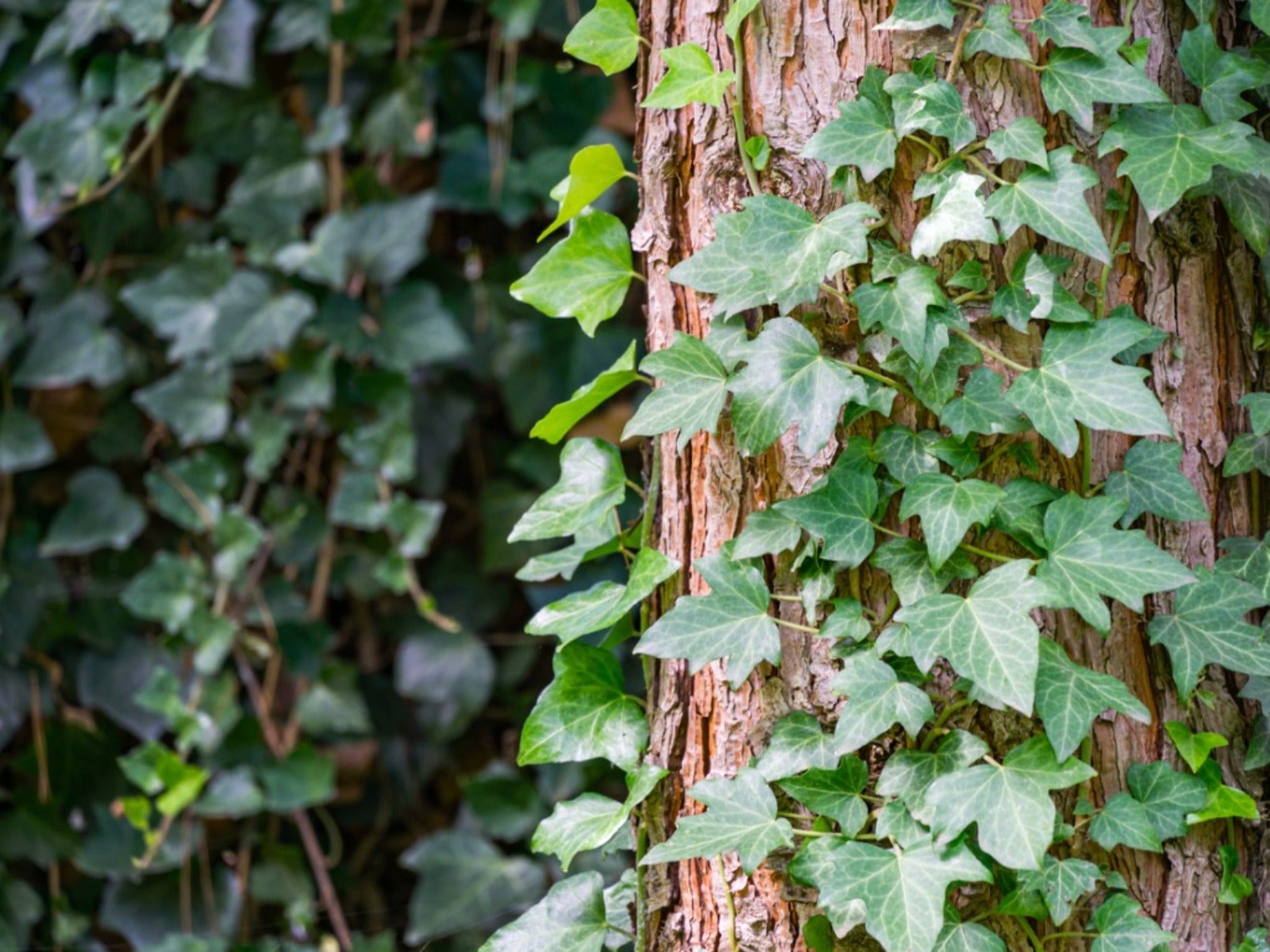

You may not know it, but those pretty flowering vines in your backyard may be considered invasive vine weeds. Plants are declared invasive if they escape cultivation and invade natural areas, affecting the ecosystem. Other plants may have the potential to become invasive and bear watching. Here are some aggressive vines that may be lurking in your garden.
Invasive Vine Species Common In Yards And Gardens
Climbing invasive vine identification can be tricky, especially when there are several look-a-like vines. Pay attention to leaf shape, flowering, seed pods or berries, opposite or alternate leaf arrangement, and type of root structure.
Invasive vines are typically removed by mowing, pulling/digging, cutting and recutting, or using chemical control. You can even try smothering plants with cardboard and newspaper, then covering them with mulch. Also, removing flowers can prevent seed formation. It may take several seasons to completely eradicate the vines. Here are 7 of the most common weedy or invasive vines:
1. Sweet Autumn Clematis
Sweet autumn clematis (Clematis terniflora) sports an avalanche of small, white flowers in late summer or fall, lighting up shady areas. Its intoxicating scent lures unaware buyers to purchase this plant or accept a division from friends and neighbors. This harmless looking vine has the potential to take over your yard by underground runners and copious seeds. If the seed heads are not cut off in fall, this tenacious vine will multiply, climbing up shrubs, perennials, and even invading the lawn.
Instead, look for its native alternative, Clematis virginiana. You can tell them apart by the leaves. The native variety has jagged edges whereas the invasive terniflora has smooth edges.
2. Chinese and Japanese Wisteria
Chinese wisteria (Wisteria sinensis) is a popular, fragrant vine associated with southern charm. Its lilac or white flowers bloom before it leafs out, hanging in long boughs throughout the thick vines, often suspended from pergolas. Its romantic flora soon becomes a gardener's nightmare as the invasive vines scramble up anything in its way, shading nearby plants and causing their demise. Wisteria vines climb high into tree canopies, preventing sun from reaching the leaves. It can choke out native vegetation, thus earning the invasiveness moniker. Japanese wisteria (W. floribunda) is not as widespread as Chinese wisteria, but it is just as invasive.
Alternative vines are the American wisteria (Wisteria frutescens), hardy in USDA zones 5 to 9, or evergreen wisteria (Millettia reticulata), which is hardy in zones 8 to 10.
Gardening tips, videos, info and more delivered right to your inbox!
Sign up for the Gardening Know How newsletter today and receive a free copy of our e-book "How to Grow Delicious Tomatoes".
3. Japanese Honeysuckle
Japanese honeysuckle (Lonicera japonica) is an invasive species that was imported to America from Asia in 1806 as an ornamental. The fast growing vine quickly grew out of bounds and is banned in several states. It can be recognized by its fragrant white flowers that yellow with age, ovate, green leaves that are opposite on the stem, and blue to black berries. Its heavy weight can crush shrubs and small trees. It is recommended that it be removed if it is found growing in your yard.
Coral honeysuckle (Lonicera sempervirens) is a good substitute and is a favorite nectar plant of hummingbirds.
4. Kudzu
Kudzu (Pueraria montana var. lobata) was introduced to the U.S. as an ornamental by Japan in 1876. It was widely planted to prevent soil erosion before its invasive nature was discovered. The aggressive vine, which can grow a foot (31 cm) a day, eradicates native species by quickly covering them, cutting off their access to light, water, and nutrients. Its compound leaves are arranged alternately and bear three oval to heart-shaped leaflets. Its tuberous roots are hard to pull up without leaving bits behind that reestablish. Most homeowners turn to chemical control to get rid of it.
Carolina jessamine (Gelsemium sempervirens), hardy in zones 7 to 9, can be planted as a substitute that blooms in late winter to early spring with a mass of yellow flowers.
5. English Ivy
English ivy (Hedera helix), which was blasted as an invasive plant years ago, is still common in the nursery trade. This Eurasion evergreen vine, when used as a groundcover, shades out other plants and invites rodents. As a climbing vine, it threatens trees by engulfing the branches, its weight toppling trees during inclement weather. Its waxy covered leaves, often lobed with white veins, make it impervious to herbicides, and its seeds are eaten and dispersed by birds.
6. Honeyvine Milkweed
Honeyvine milkweed (Ampelamus albidus) seems to pop up suddenly in yards, along the fence or in a shrub. If allowed to remain, it will quickly gain speed and the invasive vine with heart-shaped leaves and white clustered flowers can take over. Occasionally, monarch butterflies will lay eggs on a honeyvine, but it is not a favorite. The plant does not exude milky sap like the milkweeds, but it does produce a large pod.
7. Oriental Bittersweet
Oriental bittersweet (Celastrus orbiculatus) has outpaced its native counterpart, American bittersweet, hybridizing with it and almost completely replacing it. Its orange berries are spread by birds and those who grow them for decoration. Its rampant growth smothers trees and can cause them to topple under its weight. In this case, invasive vine identification by leaf involves recognizing round leaves when the vine is young, and as it matures, the leaves become more pointed. Oriental bittersweet also can be identified by its orange-red roots.
Invasive vines in the yard can creep up on you, and suddenly they are out of control. Pay attention to the mystery vines growing in the corners of your yard and remove them, if necessary, before they get a stronghold.

After graduating from Oklahoma State University with a degree in English, Susan pursued a career in communications. In addition, she wrote garden articles for magazines and authored a newspaper gardening column for many years. She contributed South-Central regional gardening columns for four years to Lowes.com. While living in Oklahoma, she served as a master gardener for 17 years.
-
 Looking For Plants To Give You The Soft And Fuzzies? Try These 5 Fuzzy Leaf Plant Options
Looking For Plants To Give You The Soft And Fuzzies? Try These 5 Fuzzy Leaf Plant OptionsLovers of texture, drama, silver foliage and tactile plants will adore these special sensory garden additions. These fuzzy leaf plant options will leave you all aglow
By Susan Albert
-
 Get Ready For A Summer Of Hummers! Grow These Full Sun Hummingbird Plants and Flowers
Get Ready For A Summer Of Hummers! Grow These Full Sun Hummingbird Plants and FlowersIf you’re lucky enough to enjoy a sunny backyard, make sure you are maxing out on your pollinator opportunities and grow these full sun hummingbird plants and flowers
By Tonya Barnett
-
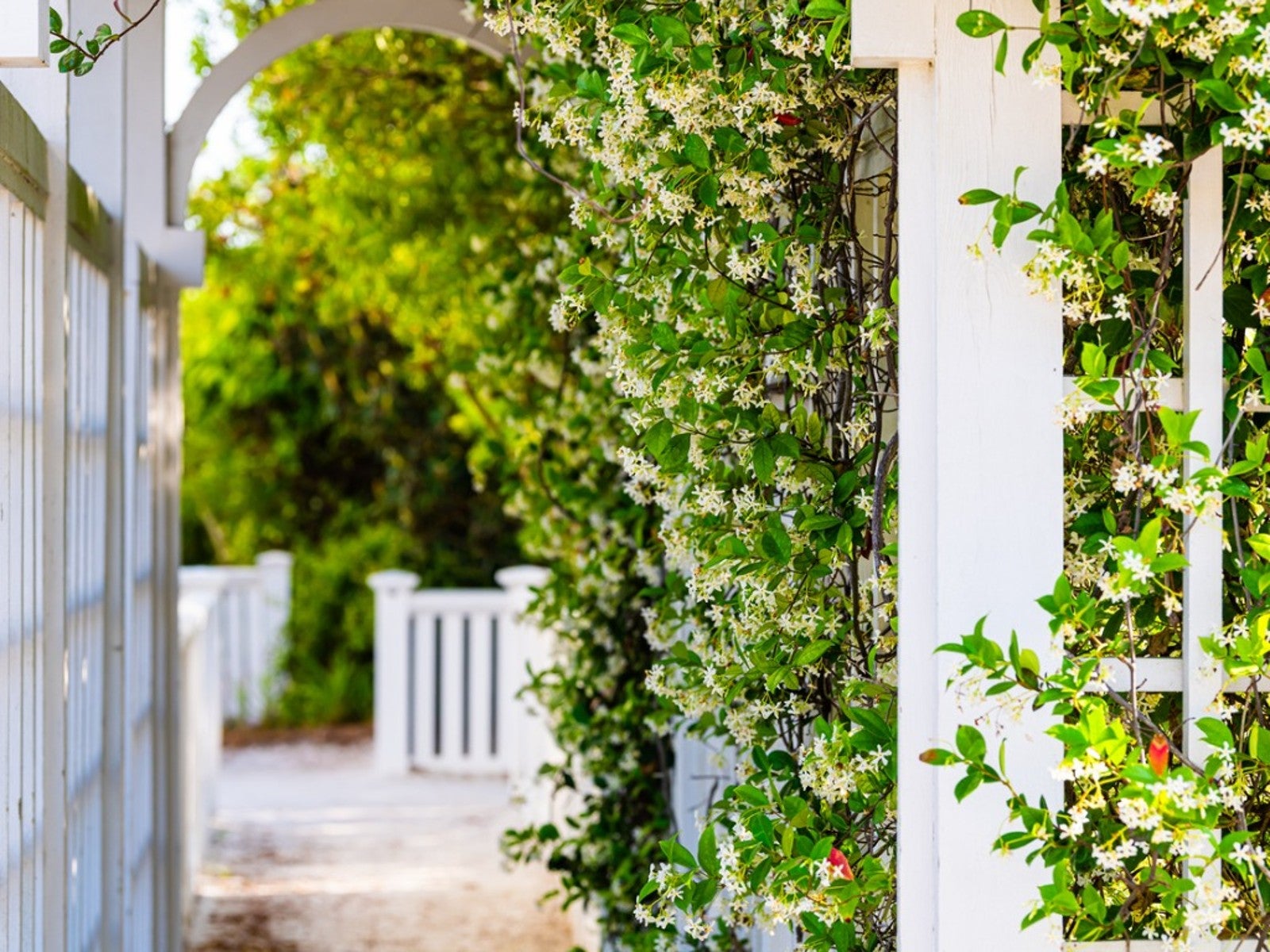 Fragrant Climbing Vines For Arbors And Trellises
Fragrant Climbing Vines For Arbors And TrellisesAdding fragrant climbing vines to the landscape adds a sense of height and olfactory pleasure! Climbing vines make your space more lush, interesting, and vibrant.
By Tonya Barnett
-
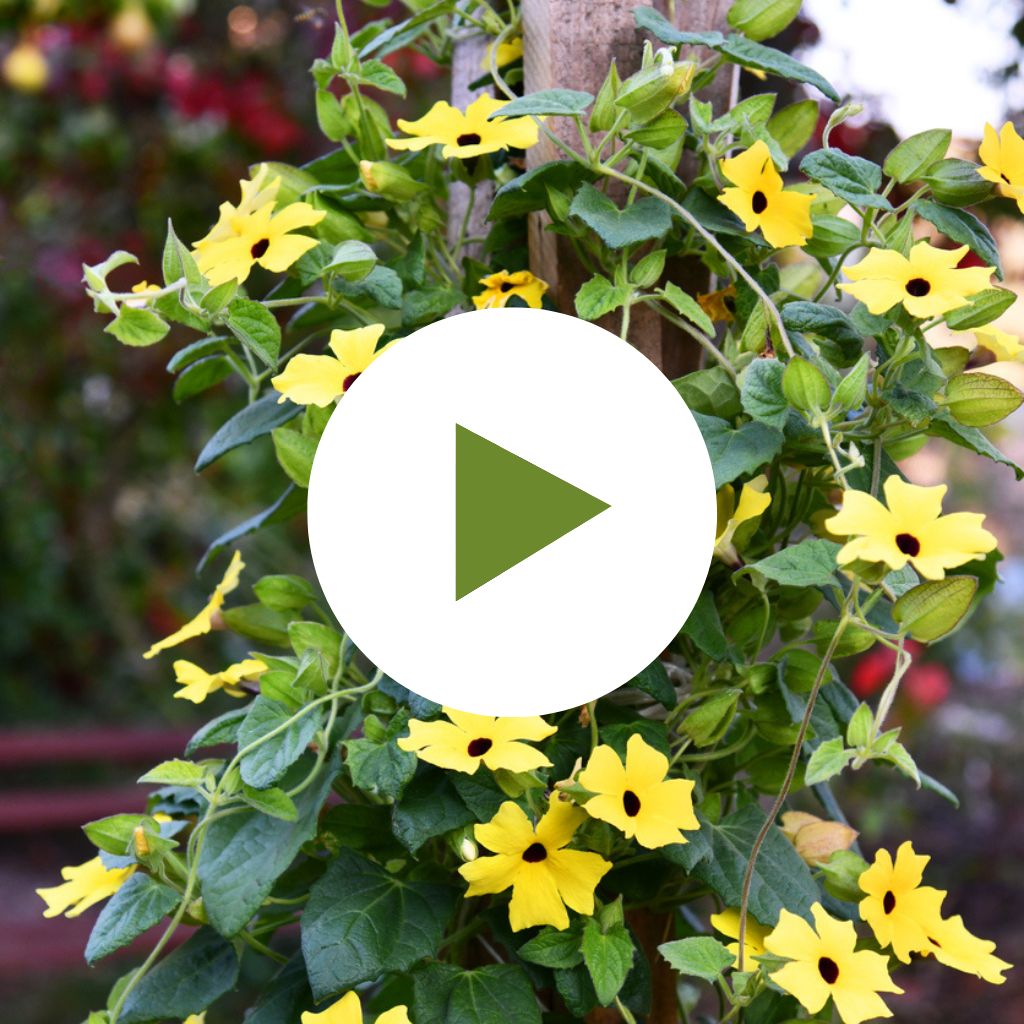 10 Flowering Vines With An Extended Bloom Season
10 Flowering Vines With An Extended Bloom SeasonWhether you’re short on space, need to add privacy or hide unsightly views, take advantage of your vertical space with flowering vines.
By Amy Draiss
-
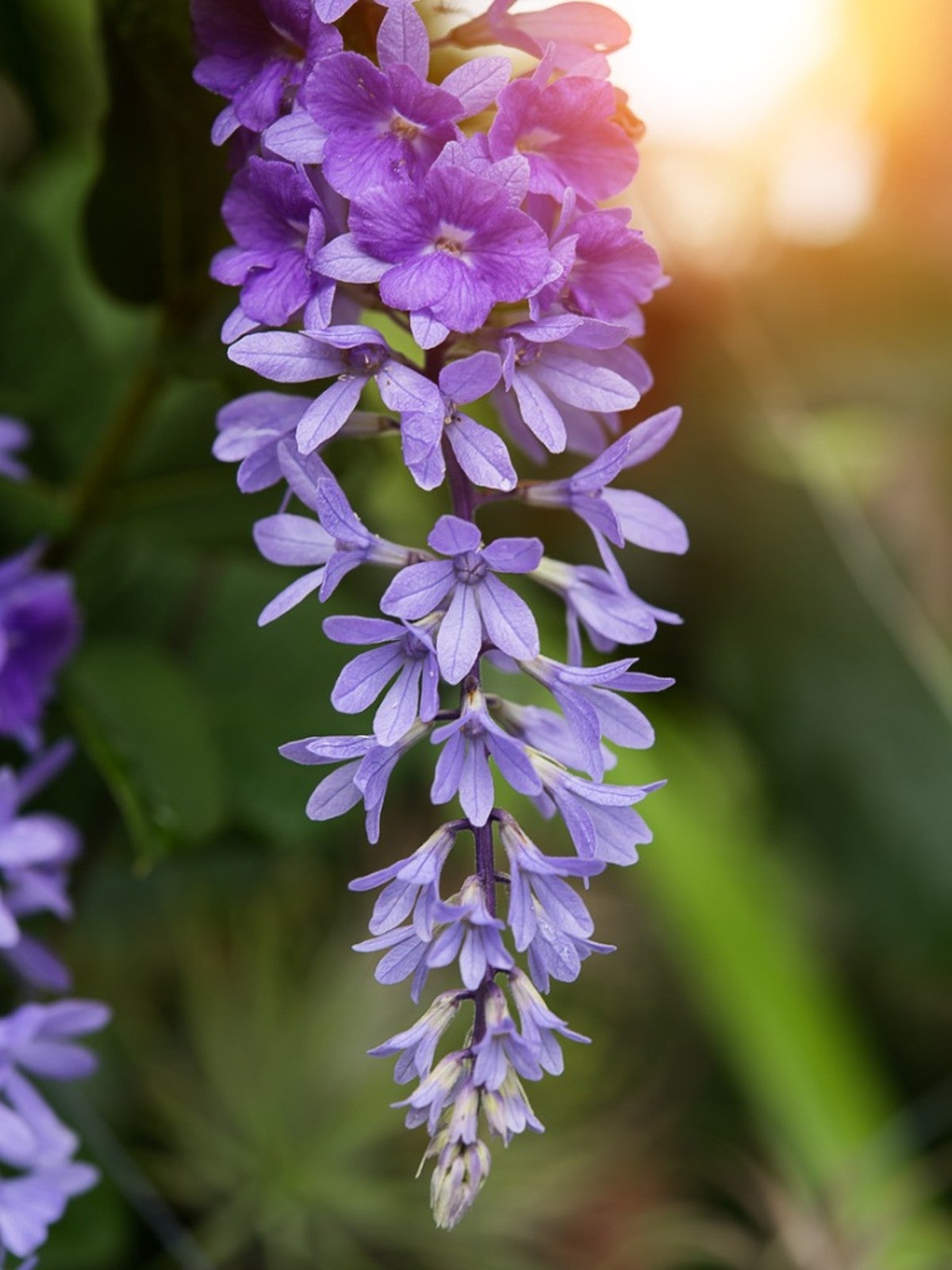 Queen’s Wreath Info – Learn About Growing Queen’s Wreath Plants
Queen’s Wreath Info – Learn About Growing Queen’s Wreath PlantsFor a touch of the tropics in your landscape, try growing queen’s wreath vine. The following gives information on how to grow and care for the vine.
By Amy Grant
-
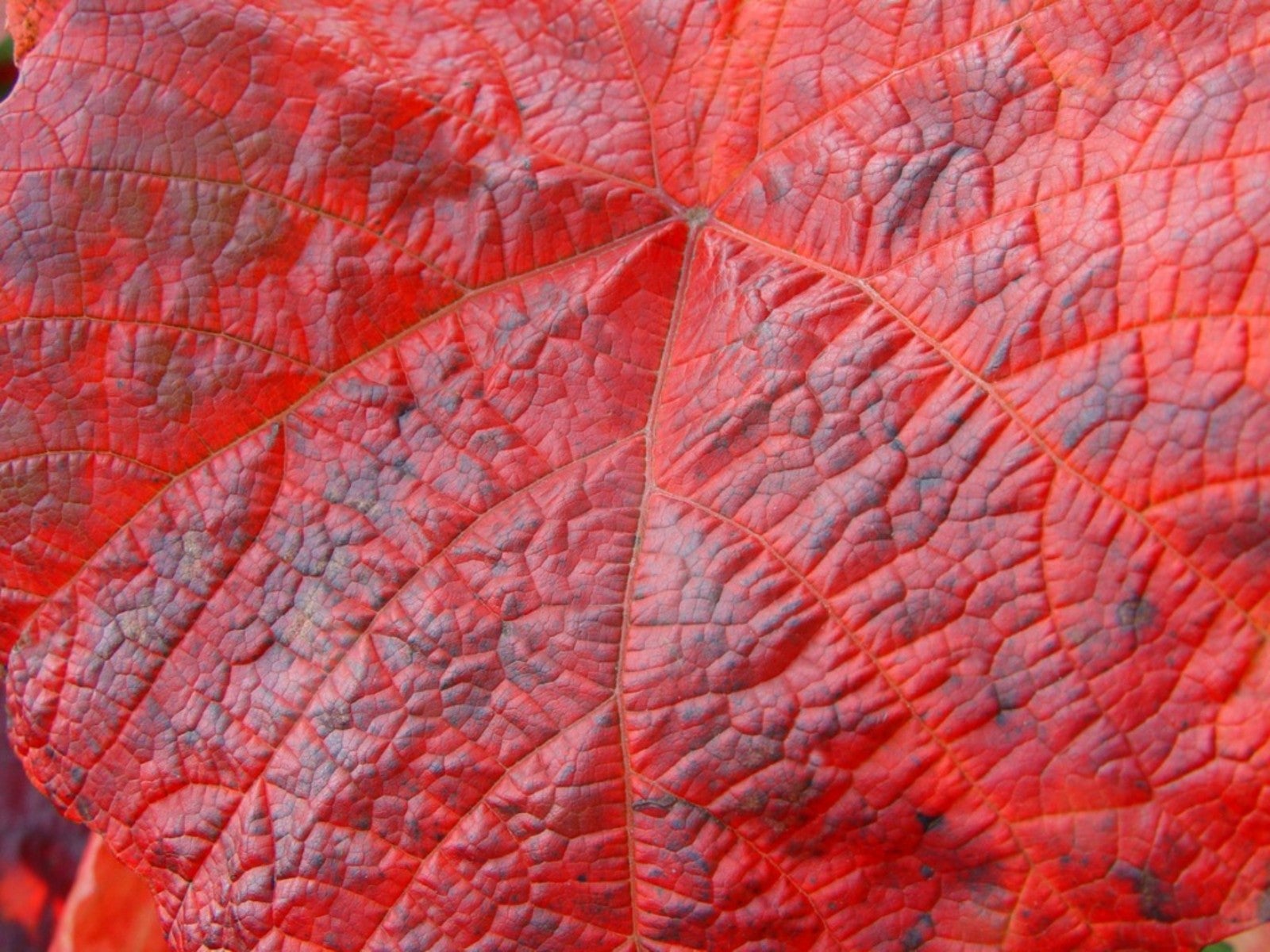 Crimson Glory Grapevines – Growing A Crimson Glory Vine Plant
Crimson Glory Grapevines – Growing A Crimson Glory Vine PlantAlso known as Crimson Glory grapevines, the Crimson Glory vine plant is actually an ornamental type of grape. Read on for more info.
By Tonya Barnett
-
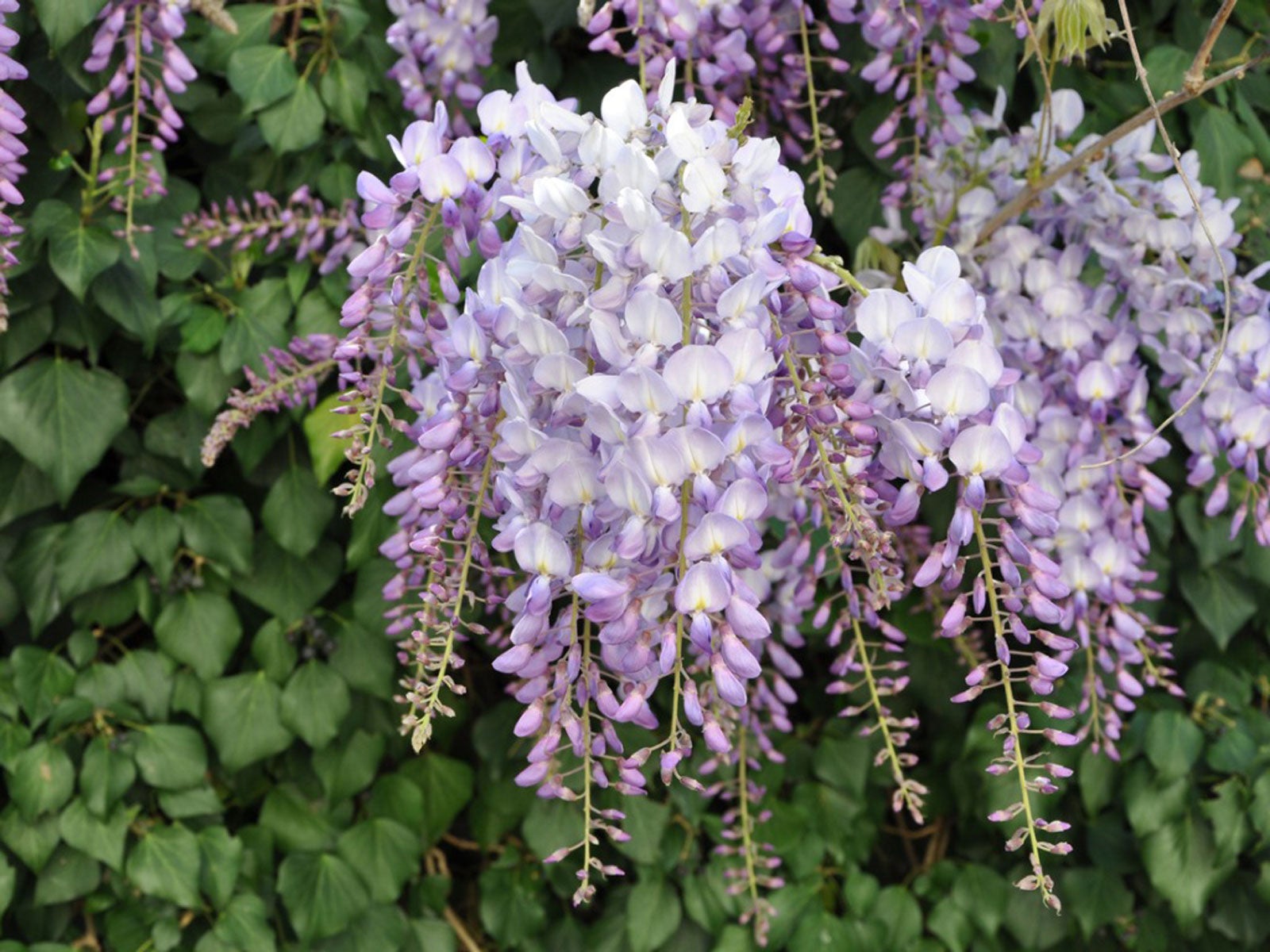 What Are Deciduous Vines: Growing Deciduous Vine Varieties In Gardens
What Are Deciduous Vines: Growing Deciduous Vine Varieties In GardensDeciduous vine care may be a bit more difficult than hardy evergreens but will be worth it when they come back in spring. Click here for more info.
By Bonnie L. Grant
-
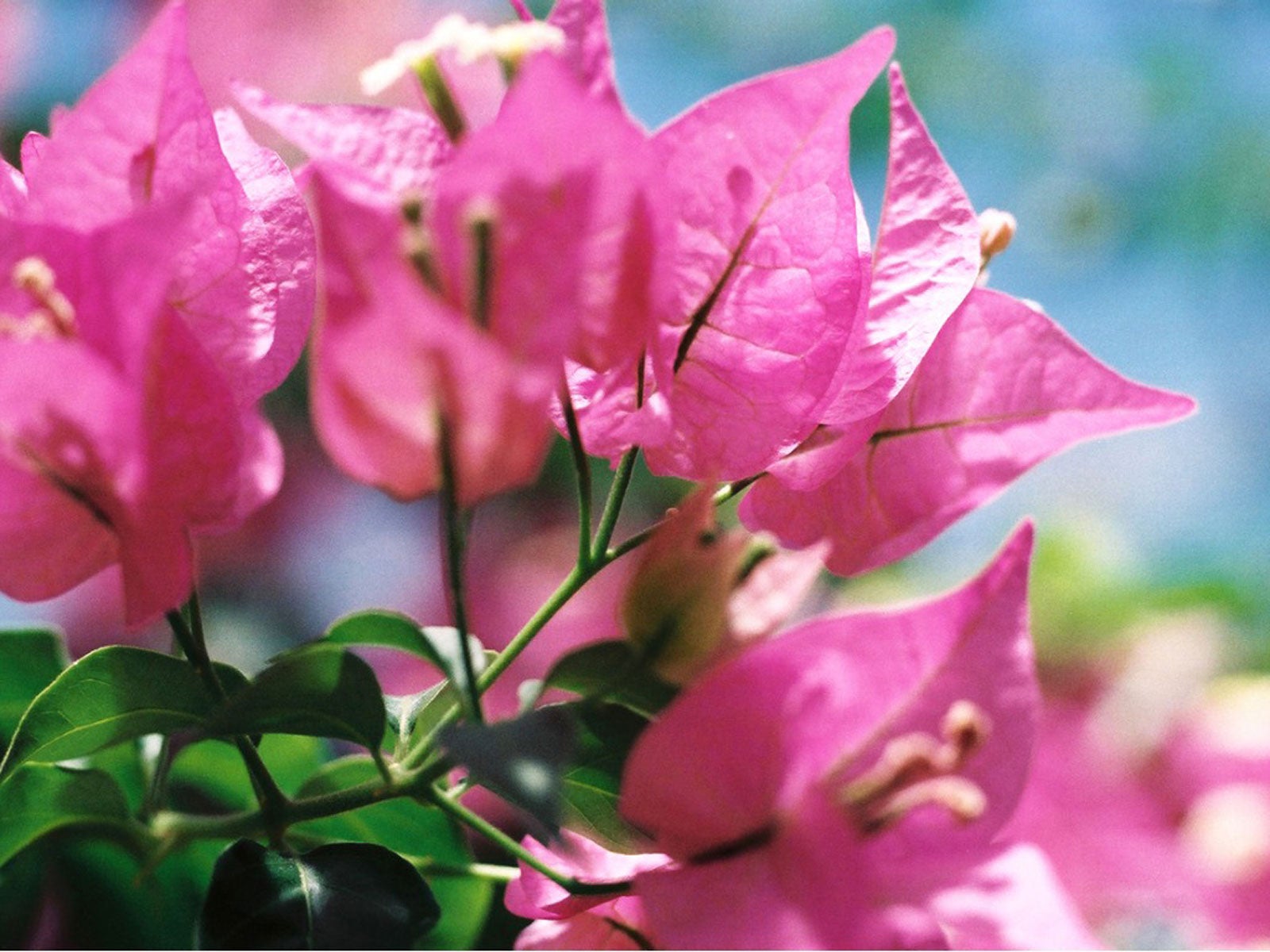 Vines For Full Sun Locations: Growing Vines That Like Sun
Vines For Full Sun Locations: Growing Vines That Like SunTrailing vines that like full sun can grow up a fence, trellis, or an arbor with various purposes in the landscape. Find some full sun vines here.
By Becca Badgett
-
 Different Trellis Types: Tips For Using Trellising In Gardens
Different Trellis Types: Tips For Using Trellising In GardensMaybe you confuse a trellis with a pergola, which is easy to do. If you’ve wondered exactly what a trellis is, click here to get more info.
By Becca Badgett
-
 What Are Tendrils For – Should Tendrils Be Removed From Vines
What Are Tendrils For – Should Tendrils Be Removed From VinesMost gardeners have had one or more climbing plants in the garden that have tendrils. What are tendrils for? Should they be removed? Find out here.
By Amy Grant